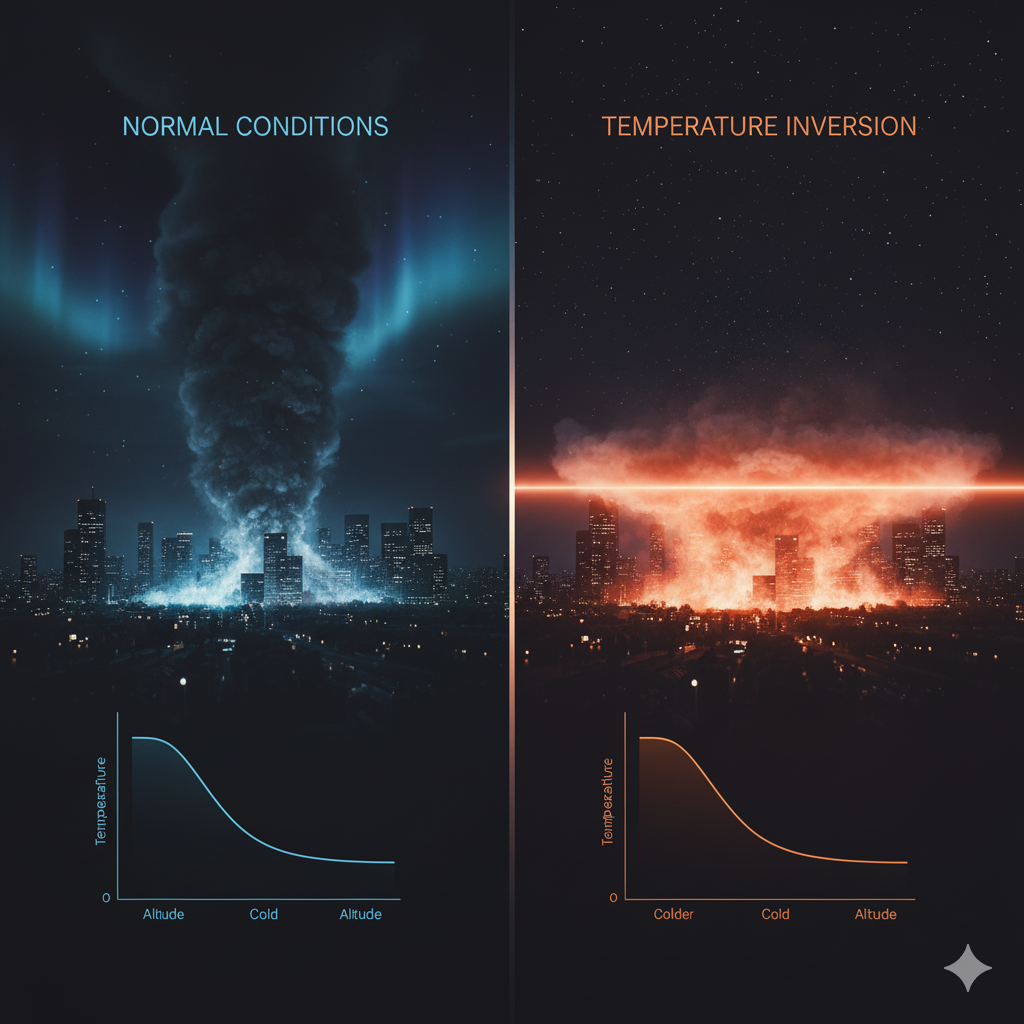A Blood Moon is a phenomenon that occurs during a total lunar eclipse when the Earth passes directly between the Sun and the Moon. During this alignment, sunlight is blocked from directly reaching the Moon. However, some of the Sun’s light is refracted (bent) through Earth’s atmosphere, filtering out shorter wavelengths like blue and green, while allowing longer wavelengths like red and orange to pass through. This gives the Moon a reddish hue, hence the name “Blood Moon.”
The term “Blood Moon” is not a scientific designation but a popular one, often used to describe the striking visual effect of the reddish lunar surface. It is a captivating and rare celestial event that has fascinated people throughout history.
When Does a Blood Moon Happen?
A Blood Moon occurs during a total lunar eclipse, which itself happens under specific conditions:
- Full Moon: A lunar eclipse can only take place during a full moon when the Moon is on the opposite side of Earth from the Sun.
- Perfect Alignment: The Sun, Earth, and Moon must be aligned in a straight line or very close to it (a condition called “syzygy”). This ensures that the Earth’s shadow falls on the Moon.
- Earth’s Umbra: For a total lunar eclipse, the Moon must pass through the Earth’s umbra, the darkest part of its shadow.
Not every full moon results in a lunar eclipse because the Moon’s orbit is tilted about 5 degrees relative to Earth’s orbital plane. This tilt means the Moon often passes above or below Earth’s shadow during its orbit.
Lunar eclipses, including Blood Moons, occur about 2-4 times a year, but total eclipses are less frequent. A Blood Moon may be visible to half of the planet at once, depending on local weather and geographic conditions.
Why Does the Moon Appear Red?
The reddish appearance of the Moon during a Blood Moon is due to a process called Rayleigh scattering. This is the same effect that causes sunsets and sunrises to appear red or orange. When sunlight passes through Earth’s atmosphere, shorter wavelengths (blue and violet light) are scattered in all directions, leaving the longer red wavelengths to dominate. This red light bends around the edges of Earth and illuminates the Moon, giving it its distinct blood-red glow.
Cultural and Historical Significance
Throughout history, Blood Moons have held cultural, religious, and mythological significance. Some ancient civilizations viewed them as omens of change or misfortune. In modern times, they are seen as awe-inspiring natural phenomena that bring people together to appreciate the cosmos.
Observing a Blood Moon
A Blood Moon is a safe and spectacular event to observe with the naked eye, binoculars, or a telescope. Unlike solar eclipses, lunar eclipses pose no danger to vision. Watching a Blood Moon is a great opportunity to learn about Earth’s shadow, orbital mechanics, and atmospheric effects while enjoying a breathtaking celestial show.




